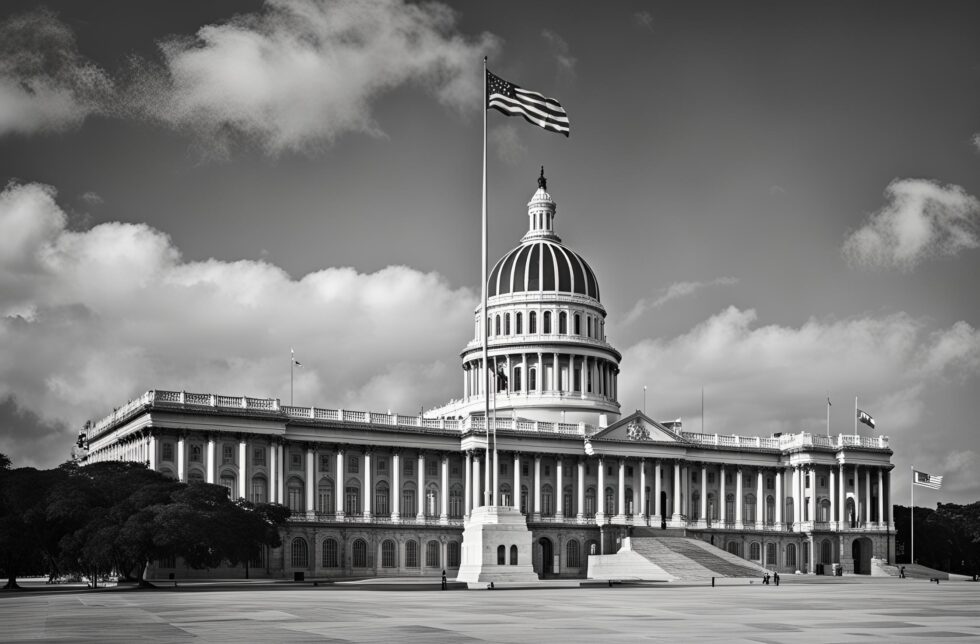
The morning sun rose over the turquoise waters of the Caribbean, casting a golden hue on the island of Cuba. It was 1961, and the failed Bay of Pigs invasion had just concluded. However, instead of the historical outcome, a twist of fate had occurred. The U.S. government, seeing an opportunity to reshape the geopolitical landscape, swiftly moved to annex Cuba, making it the 51st state of the United States.

The initial days were tumultuous. Fidel Castro, the charismatic leader of the Cuban revolution, had been captured and exiled. His departure left a power vacuum quickly filled by U.S. officials and Cuban exiles who had long dreamed of a free Cuba. The transition was anything but smooth. Protests erupted in Havana, Santiago, and other major cities. The Cuban people, who had fought so hard for their independence, were now grappling with the reality of becoming part of the very nation they had resisted.
Yet, amidst the chaos, there were glimpses of hope. The U.S. government, keen on winning the hearts and minds of the Cuban people, launched an ambitious reconstruction program. Roads were paved, schools were built, and healthcare facilities were modernized. The Cuban economy, which had been crippled by years of embargoes and internal strife, began to show signs of recovery. The sugar industry, once the backbone of the Cuban economy, saw a resurgence as American companies invested heavily in the island’s infrastructure.
As the years passed, the cultural landscape of Cuba began to evolve. The vibrant rhythms of salsa and mambo fused with the sounds of jazz and rock ‘n’ roll, creating a unique musical tapestry that captivated audiences worldwide. Cuban cuisine, with its rich flavors and aromatic spices, found its way into American kitchens, becoming a staple in households from Miami to New York. The island’s rich history and stunning landscapes made it a premier tourist destination, drawing millions of visitors each year.
However, the integration of Cuba into the United States was not without its challenges. The Cuban identity, deeply rooted in its history of resistance and resilience, often clashed with the American way of life. There were debates in Congress about the representation of Cuban interests, and tensions arose as Cuban leaders sought to preserve their cultural heritage while navigating the complexities of American politics.
In the midst of these challenges, a new generation of Cuban-Americans began to emerge. These young leaders, born in the aftermath of the annexation, were determined to bridge the gap between their Cuban heritage and their American identity. They became advocates for social justice, pushing for policies that addressed the unique needs of their community while fostering a sense of unity and inclusion.

One such leader was Isabella Martinez, a fiery young lawyer from Havana. Isabella had witnessed the struggles of her parents’ generation and was determined to create a better future for her people. She ran for Congress and, against all odds, won a seat, becoming the first Cuban-American woman to hold such a position. Her passionate speeches and unwavering commitment to her constituents earned her widespread respect and admiration.
Under Isabella’s leadership, significant strides were made in improving the lives of Cuban-Americans. She championed education reform, ensuring that Cuban history and culture were taught in schools across the nation. She fought for economic policies that supported small businesses and promoted sustainable development on the island. Her efforts led to the creation of the Cuban-American Cultural Center, a hub for arts, education, and community engagement.
As the decades passed, the story of Cuba’s annexation became a testament to the power of resilience and adaptation. The island, once a symbol of resistance, had transformed into a beacon of hope and progress. The Cuban-American community, with its rich cultural heritage and indomitable spirit, had become an integral part of the American tapestry.
In the end, the annexation of Cuba had a profound impact on both the island and the United States. It reshaped the geopolitical landscape, fostered cultural exchange, and gave rise to a new generation of leaders committed to building a better future for all. The story of Cuba’s journey from revolution to statehood was a reminder that even in the face of adversity, the human spirit has the power to overcome and thrive.




